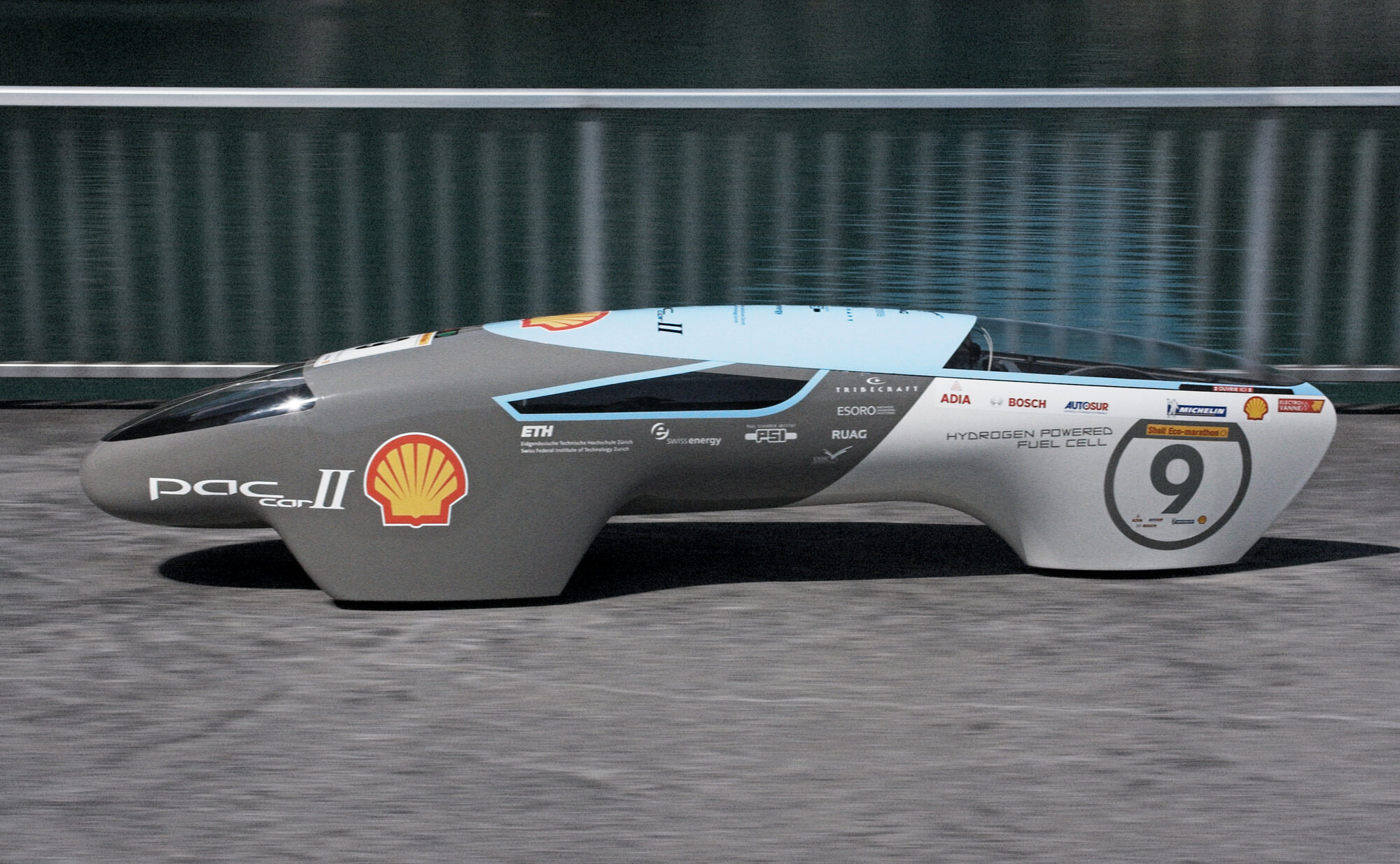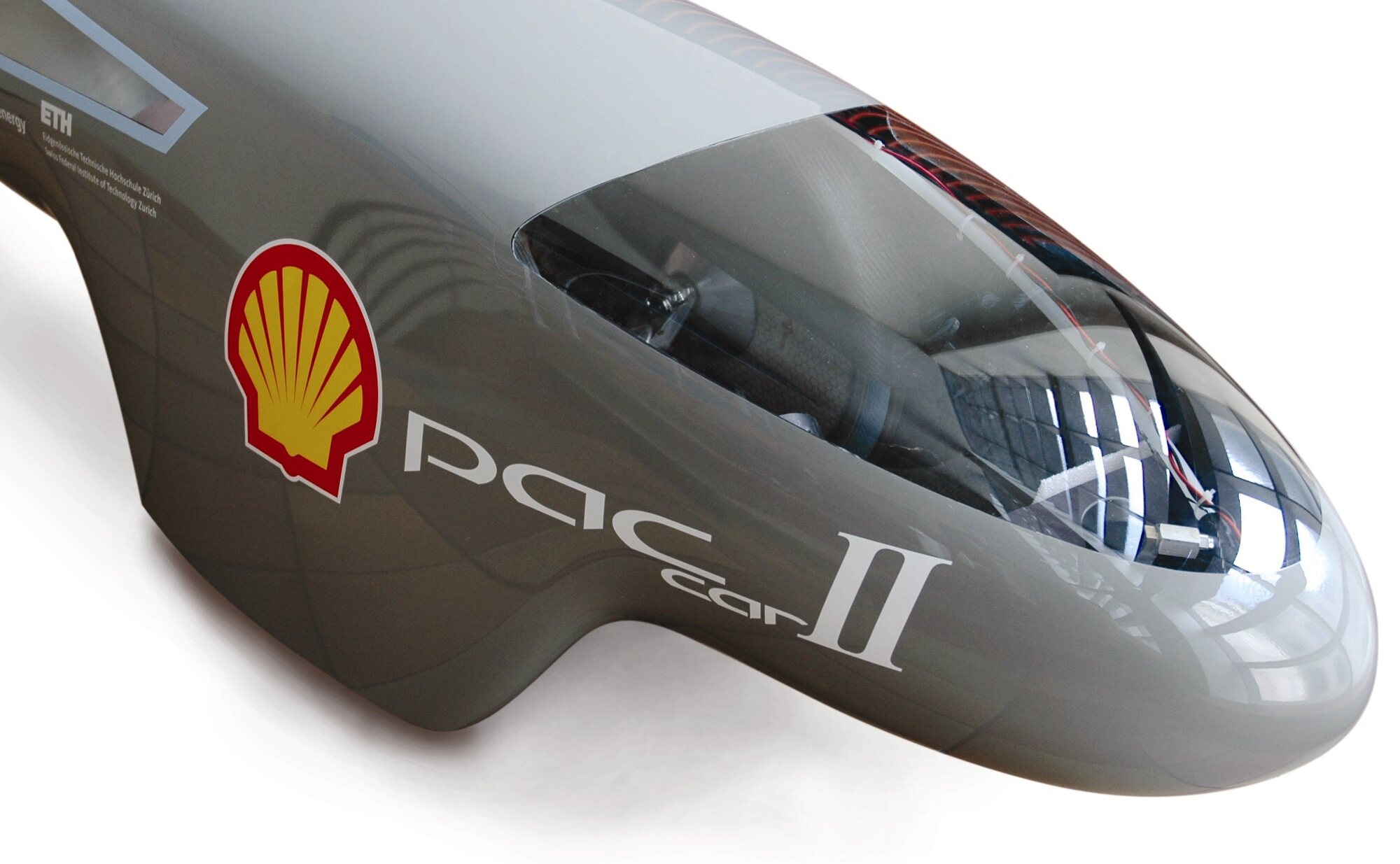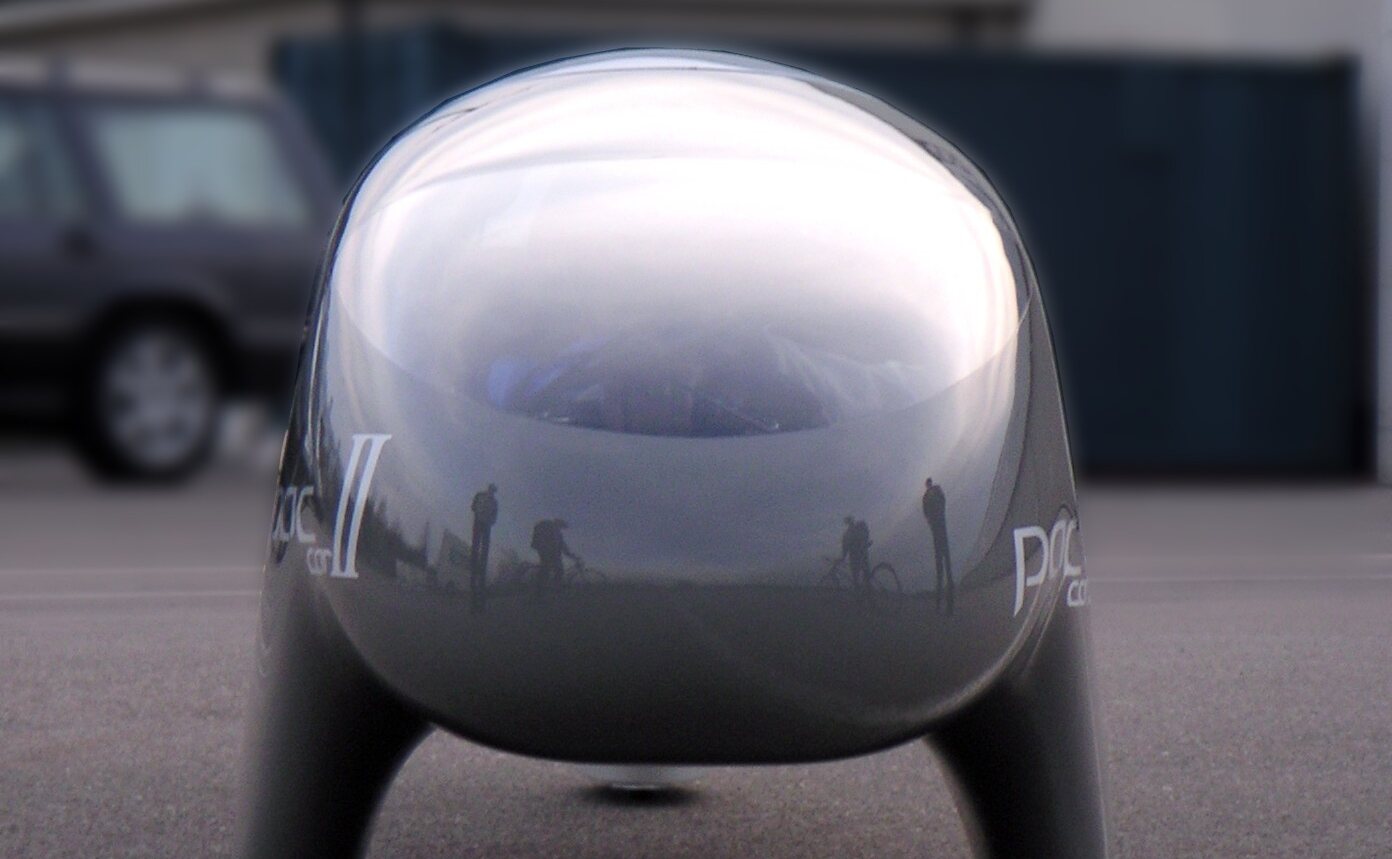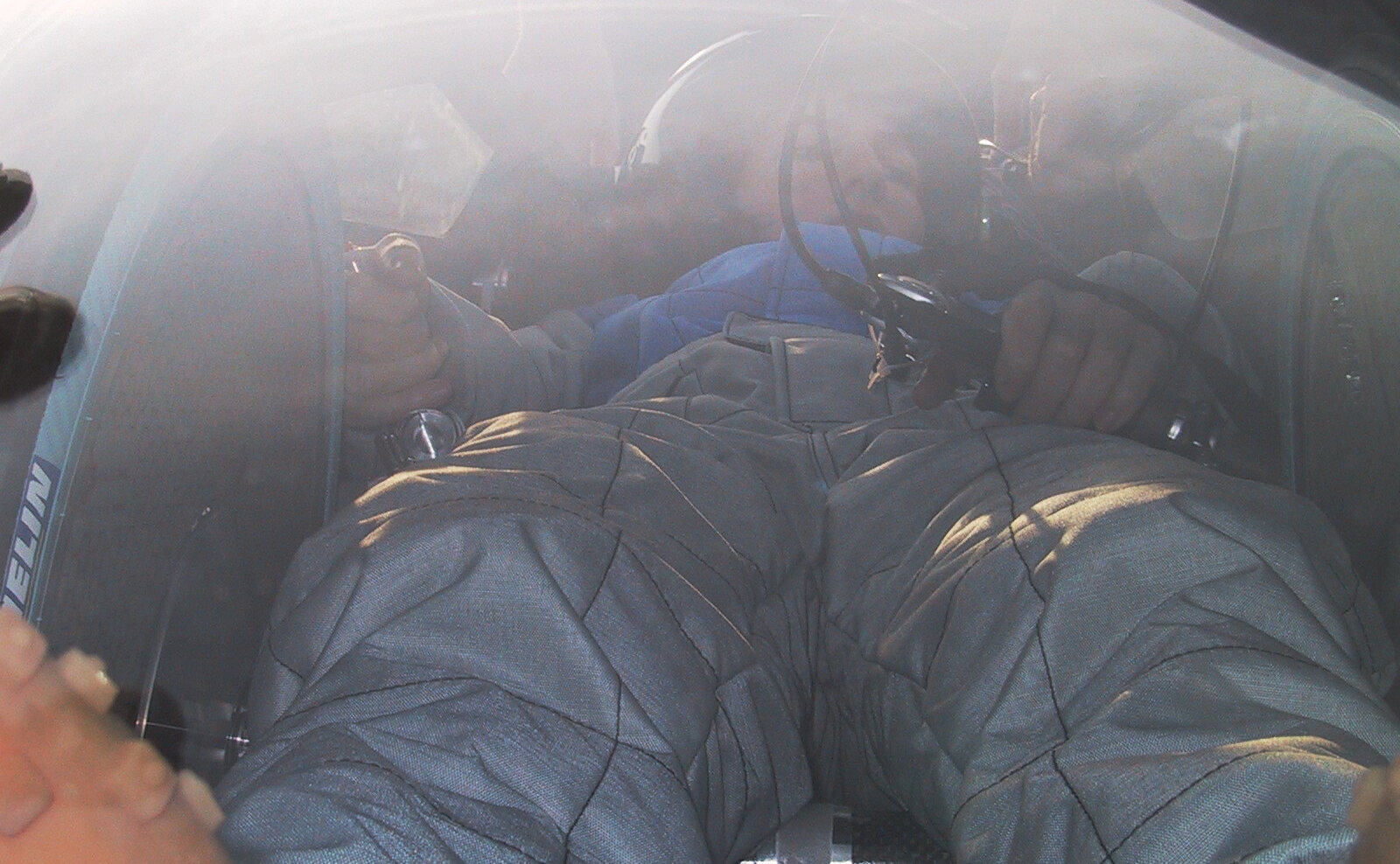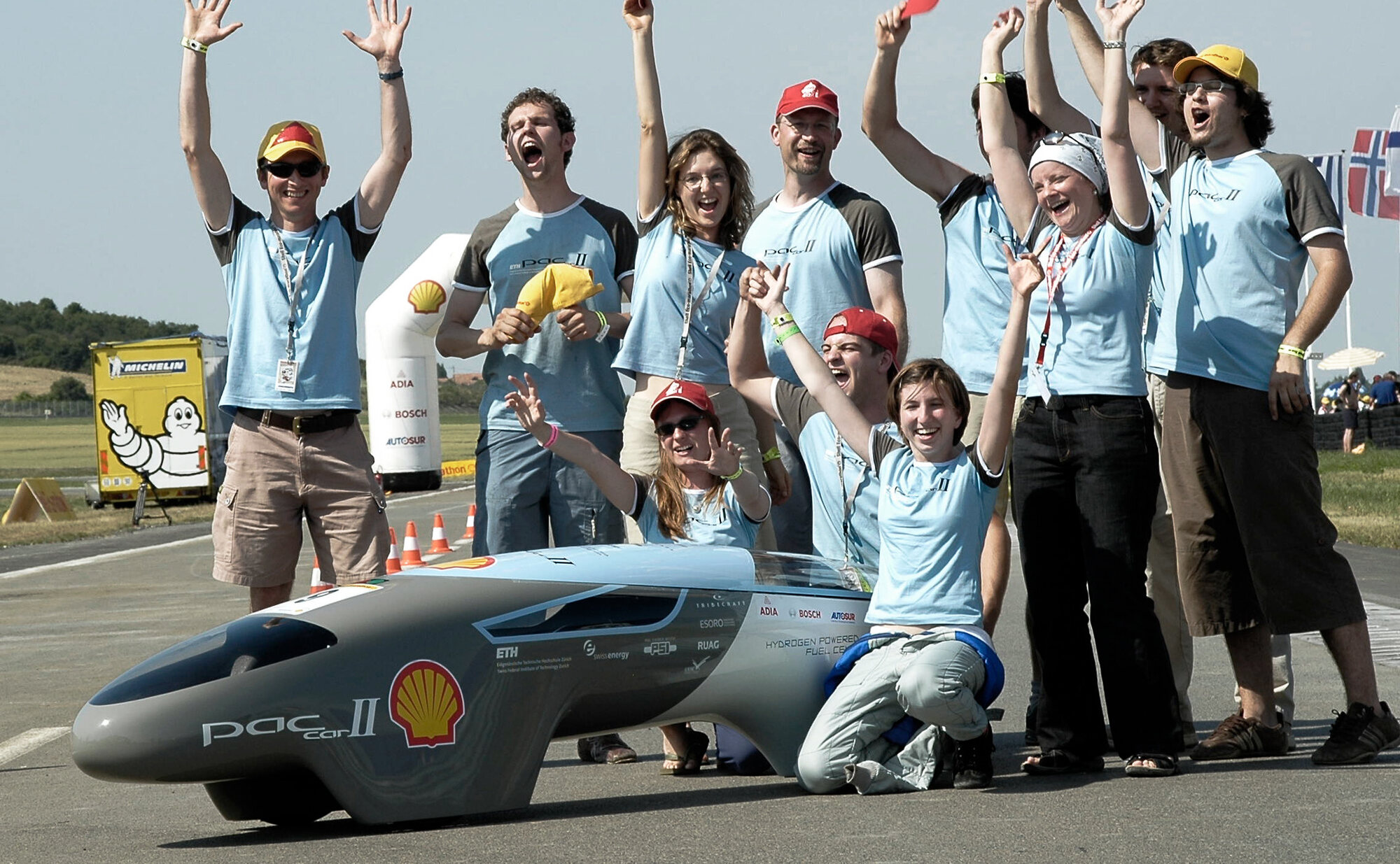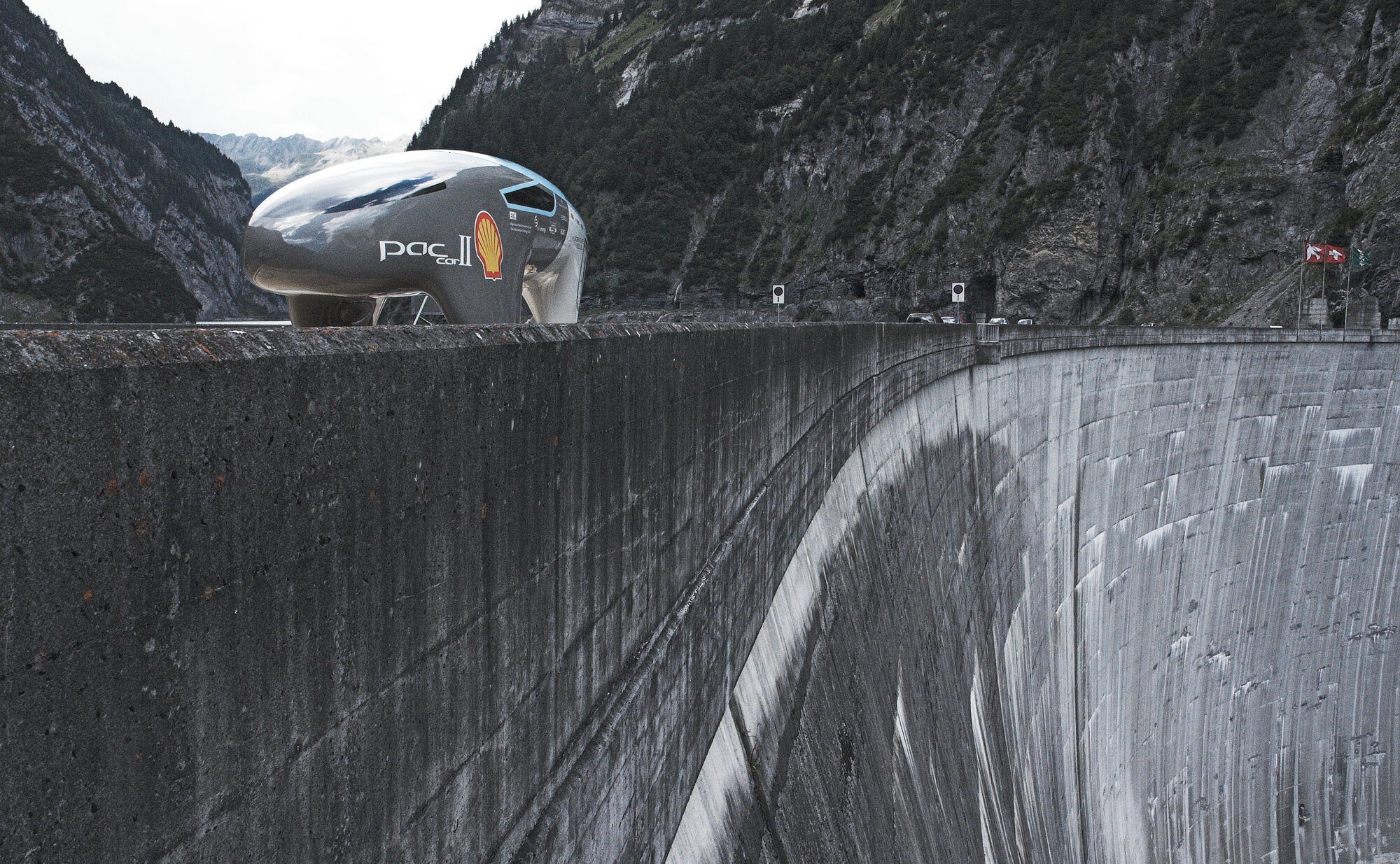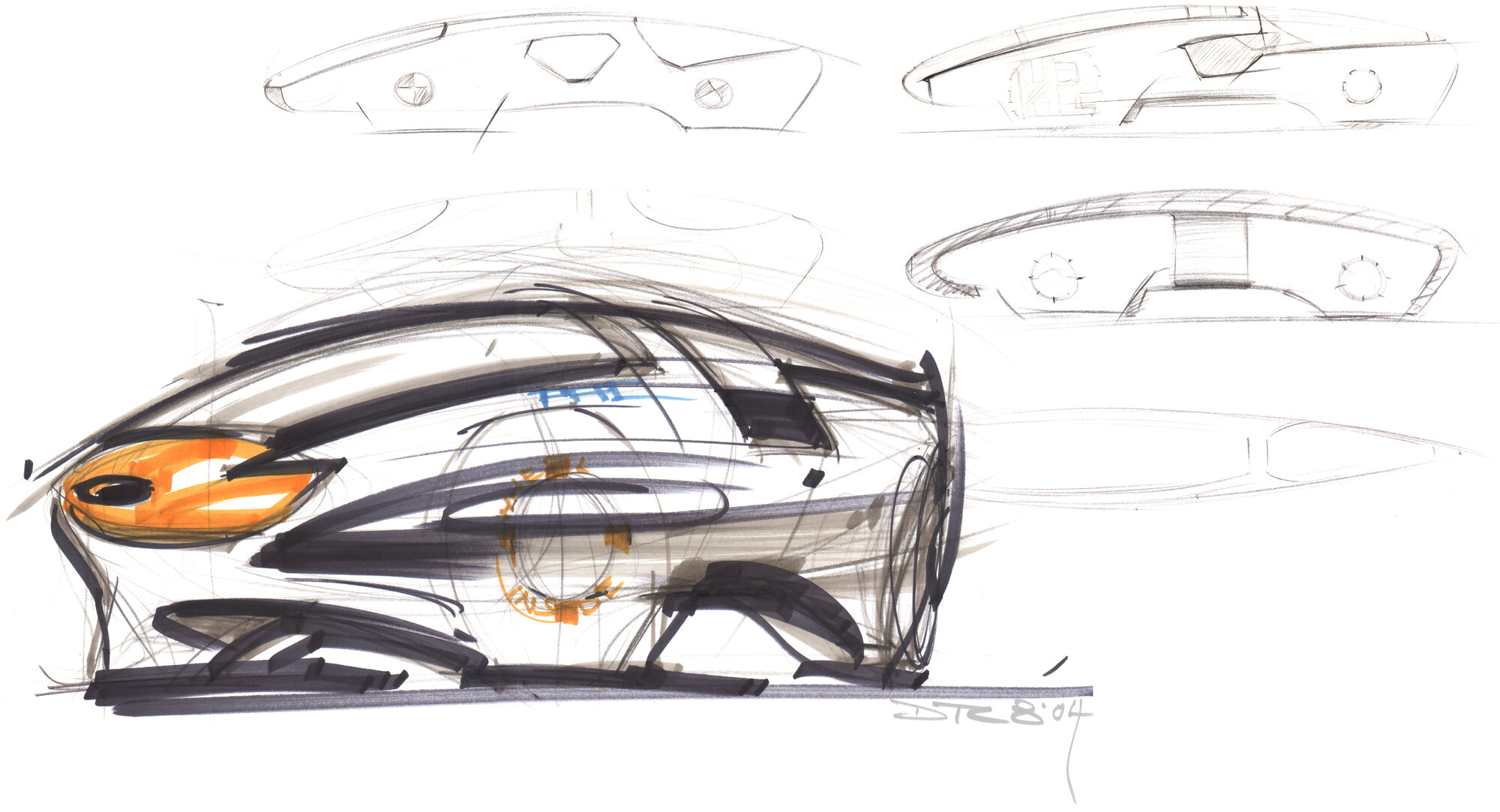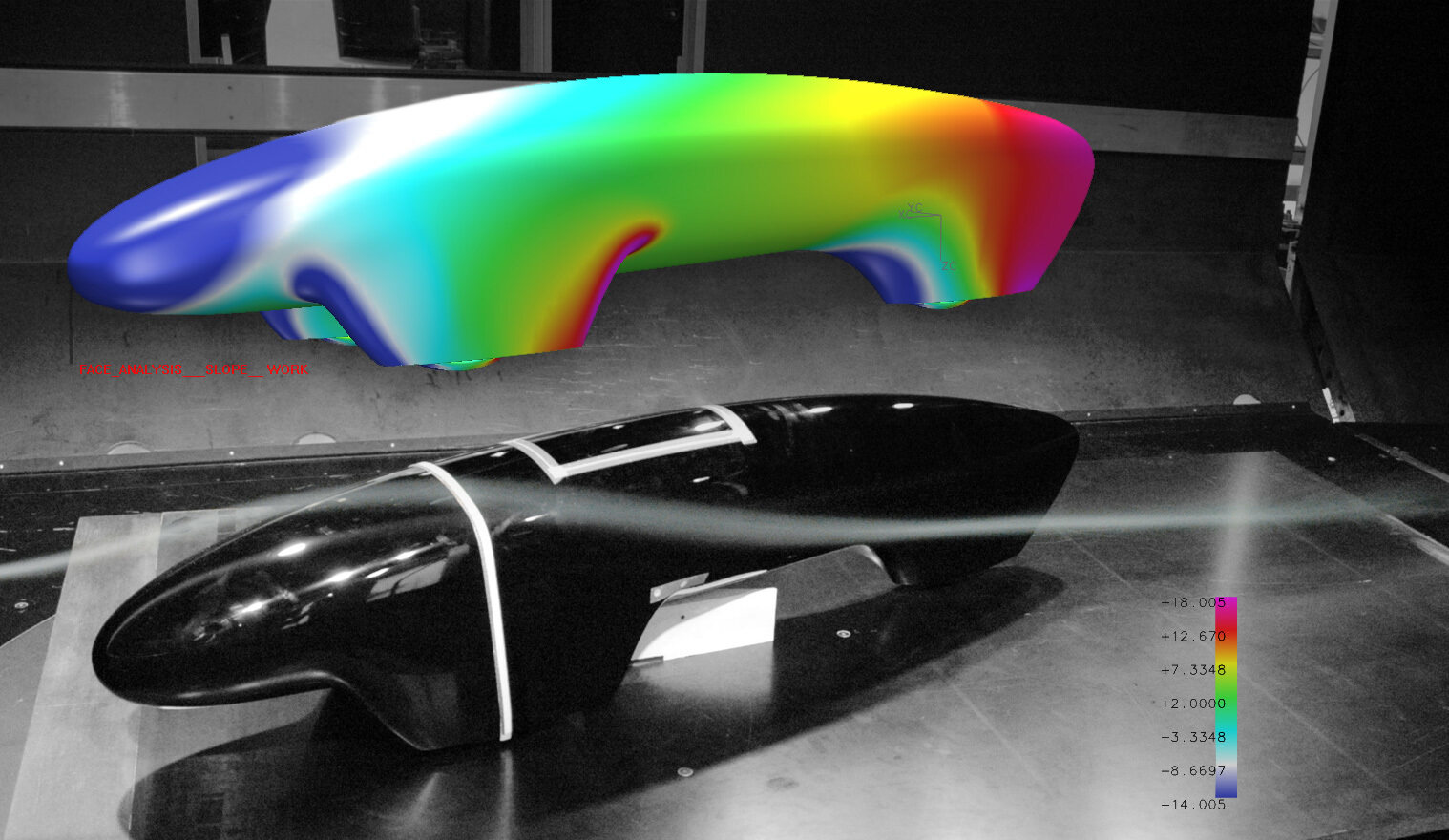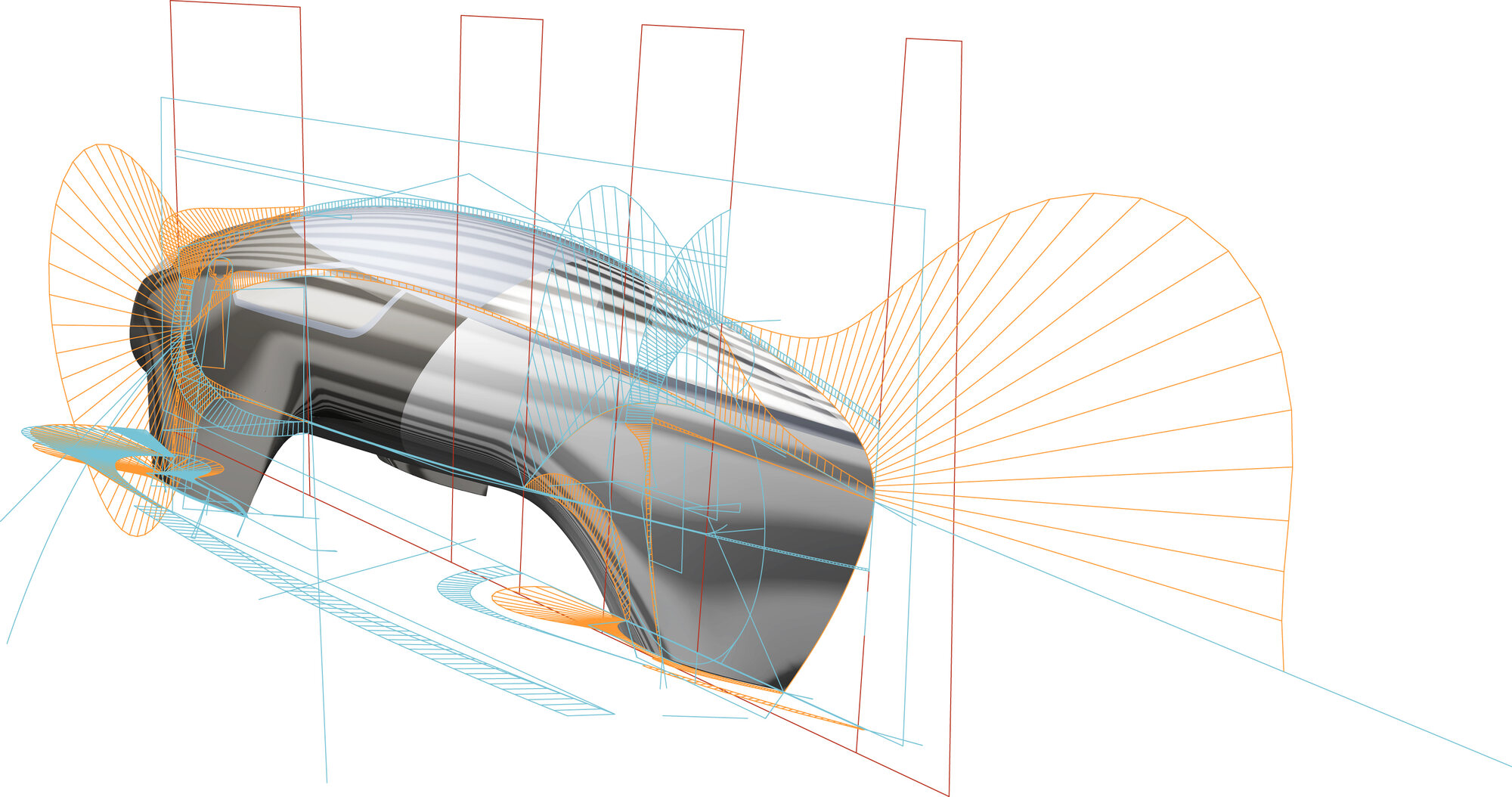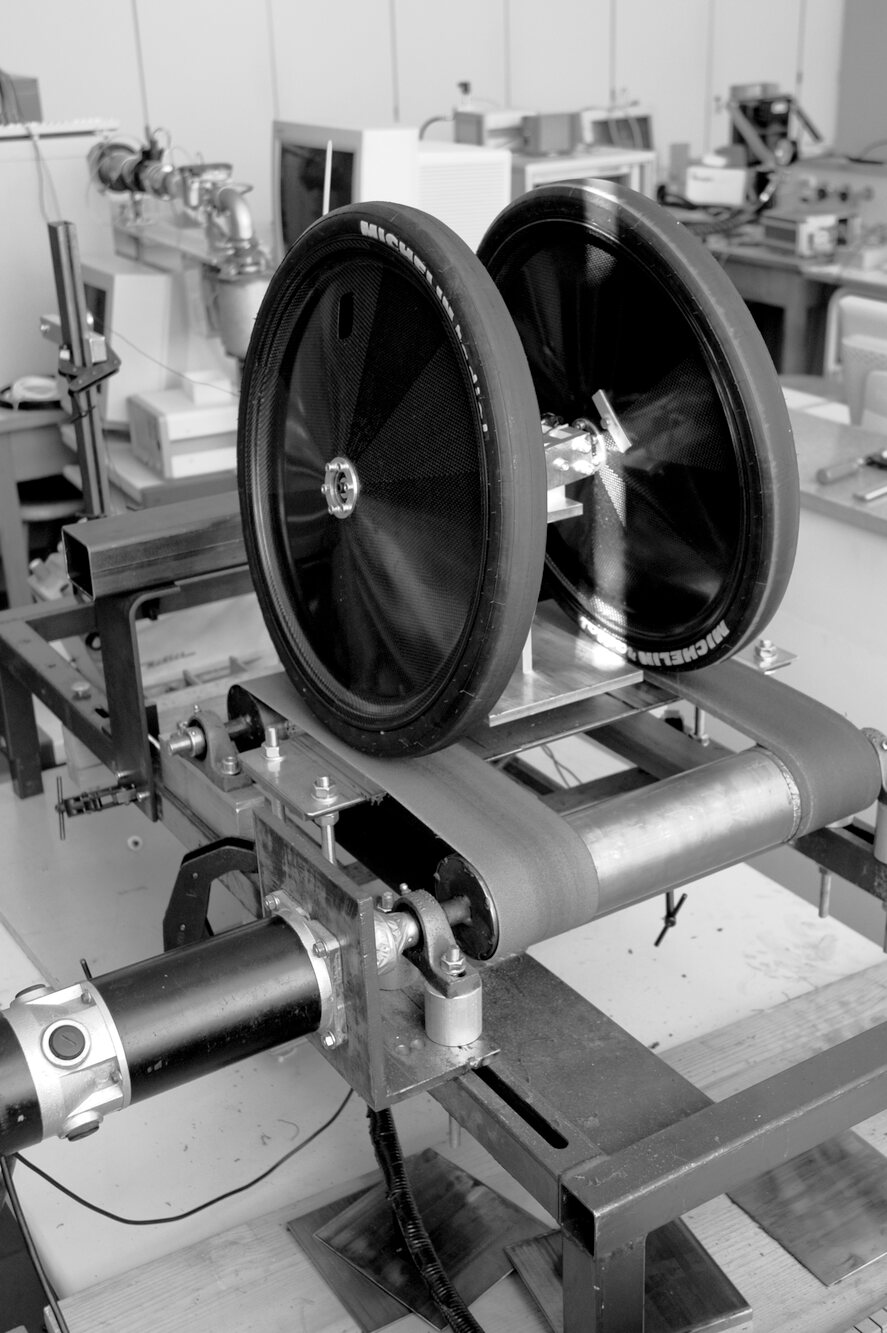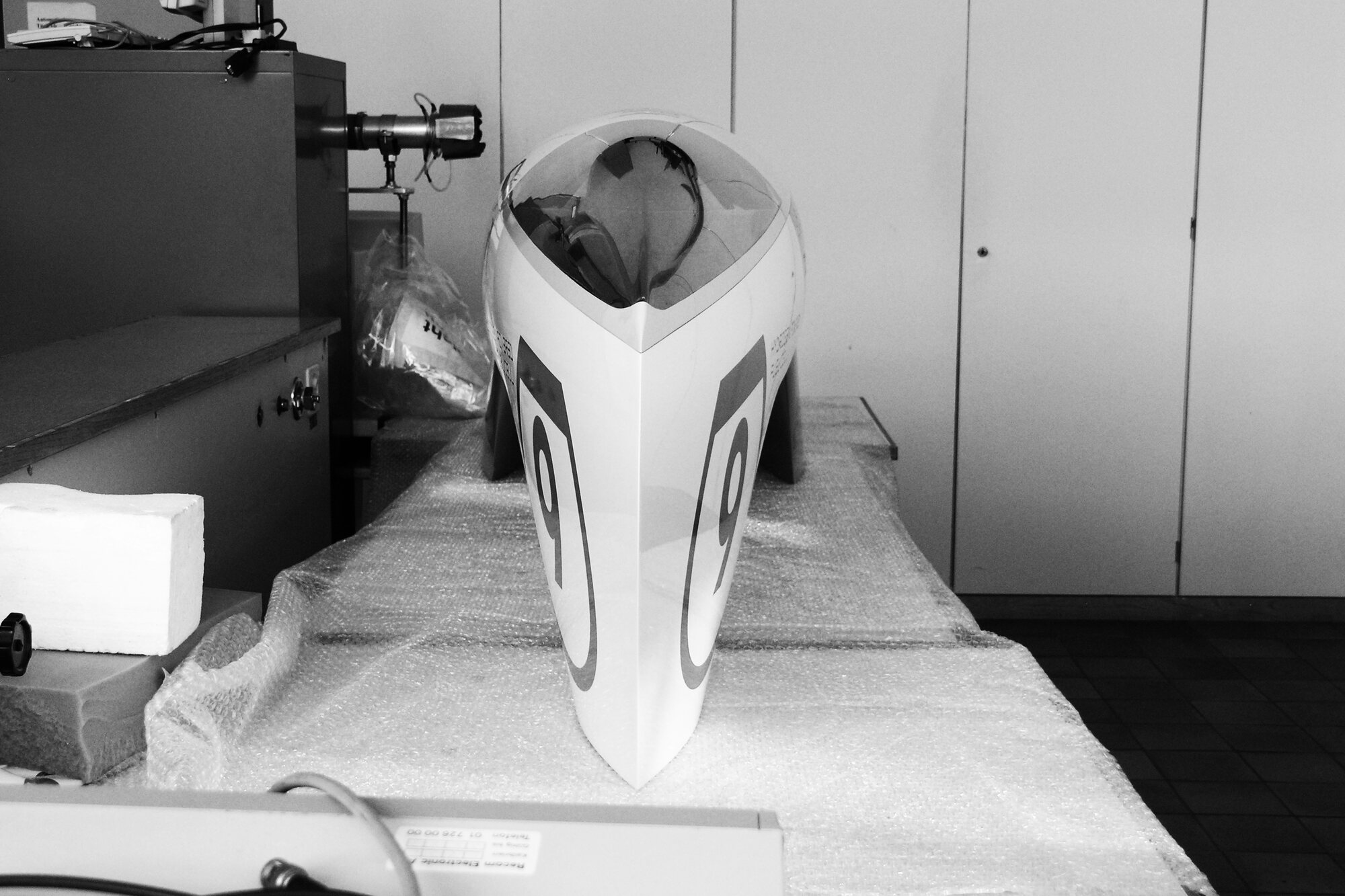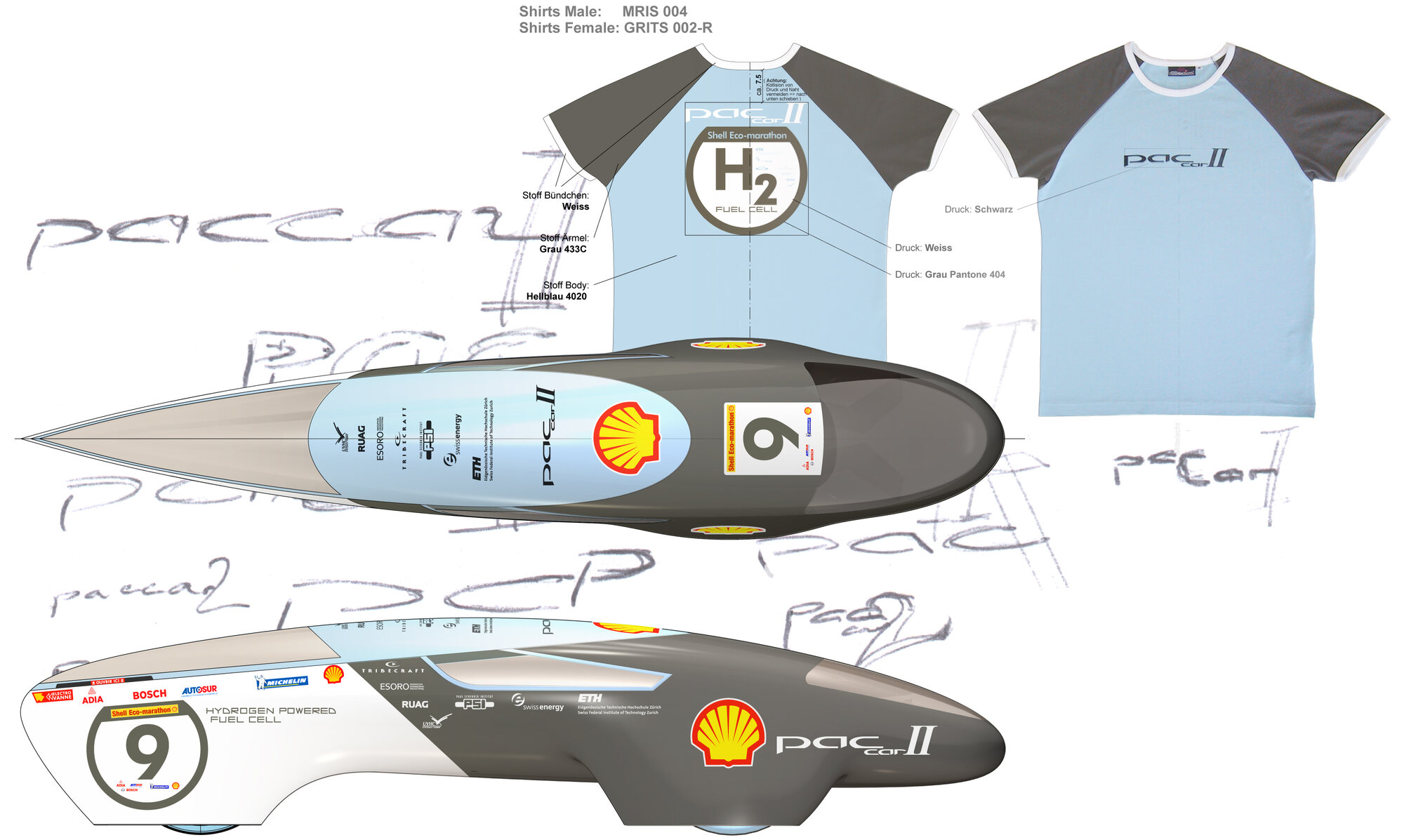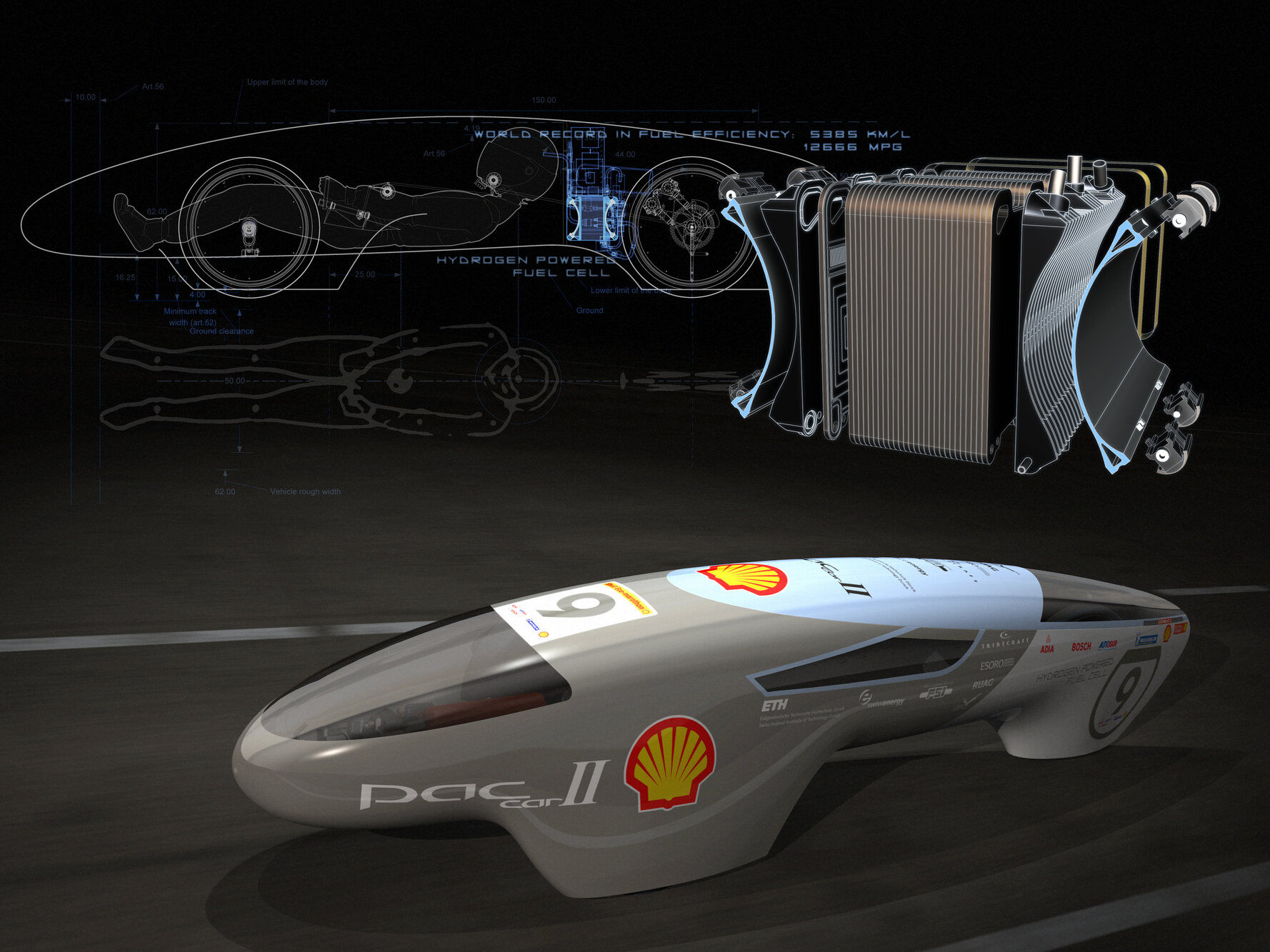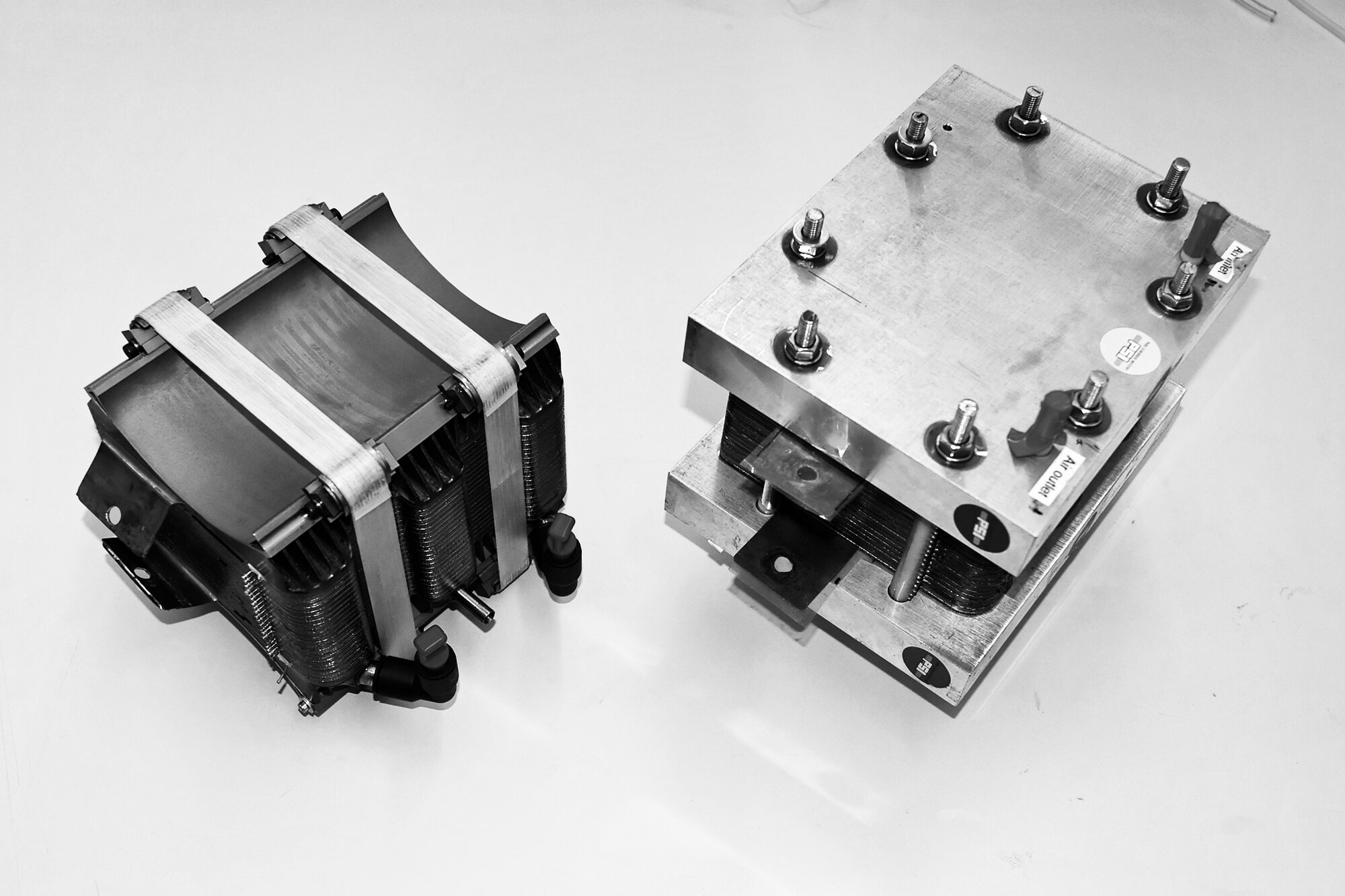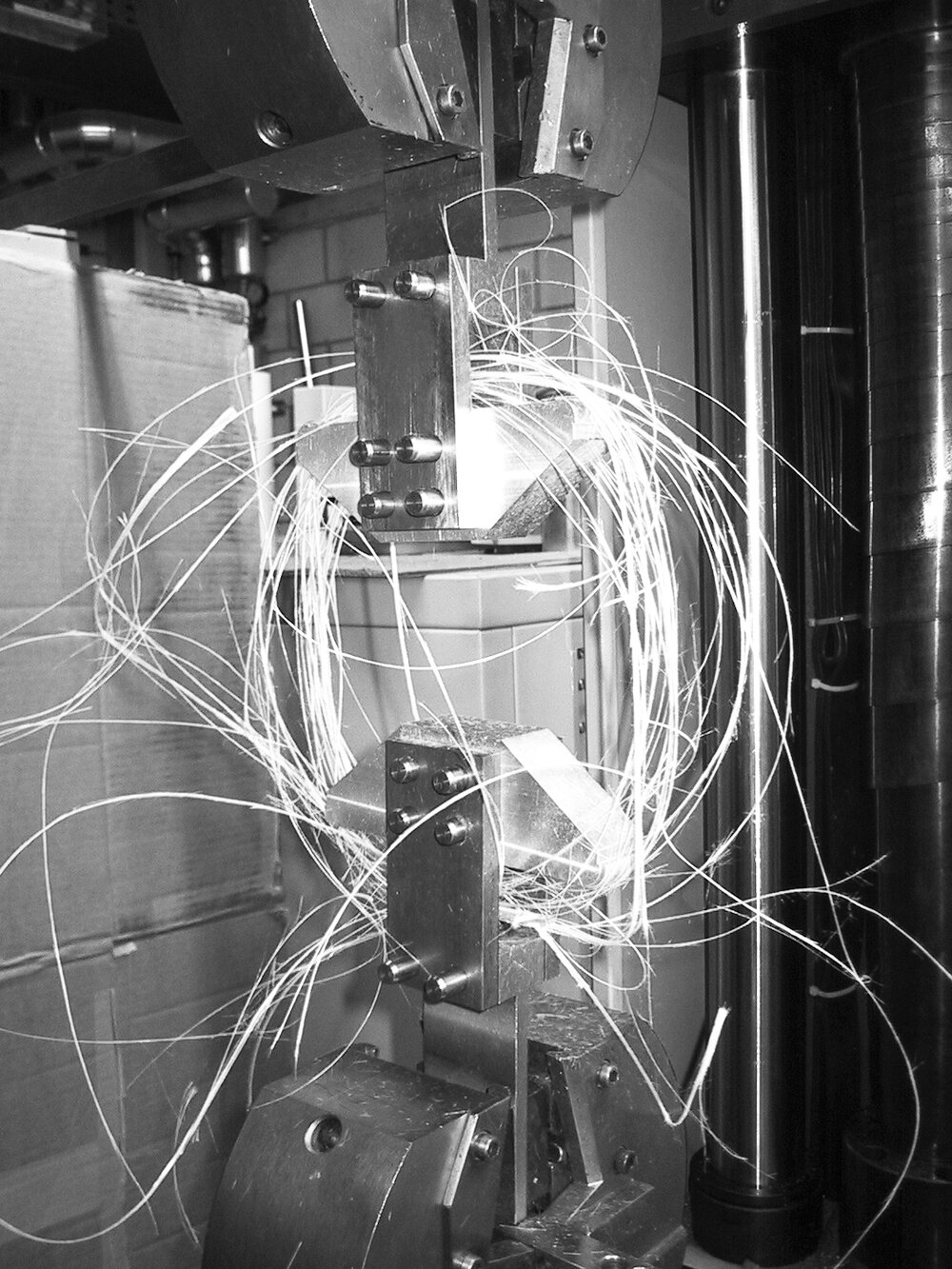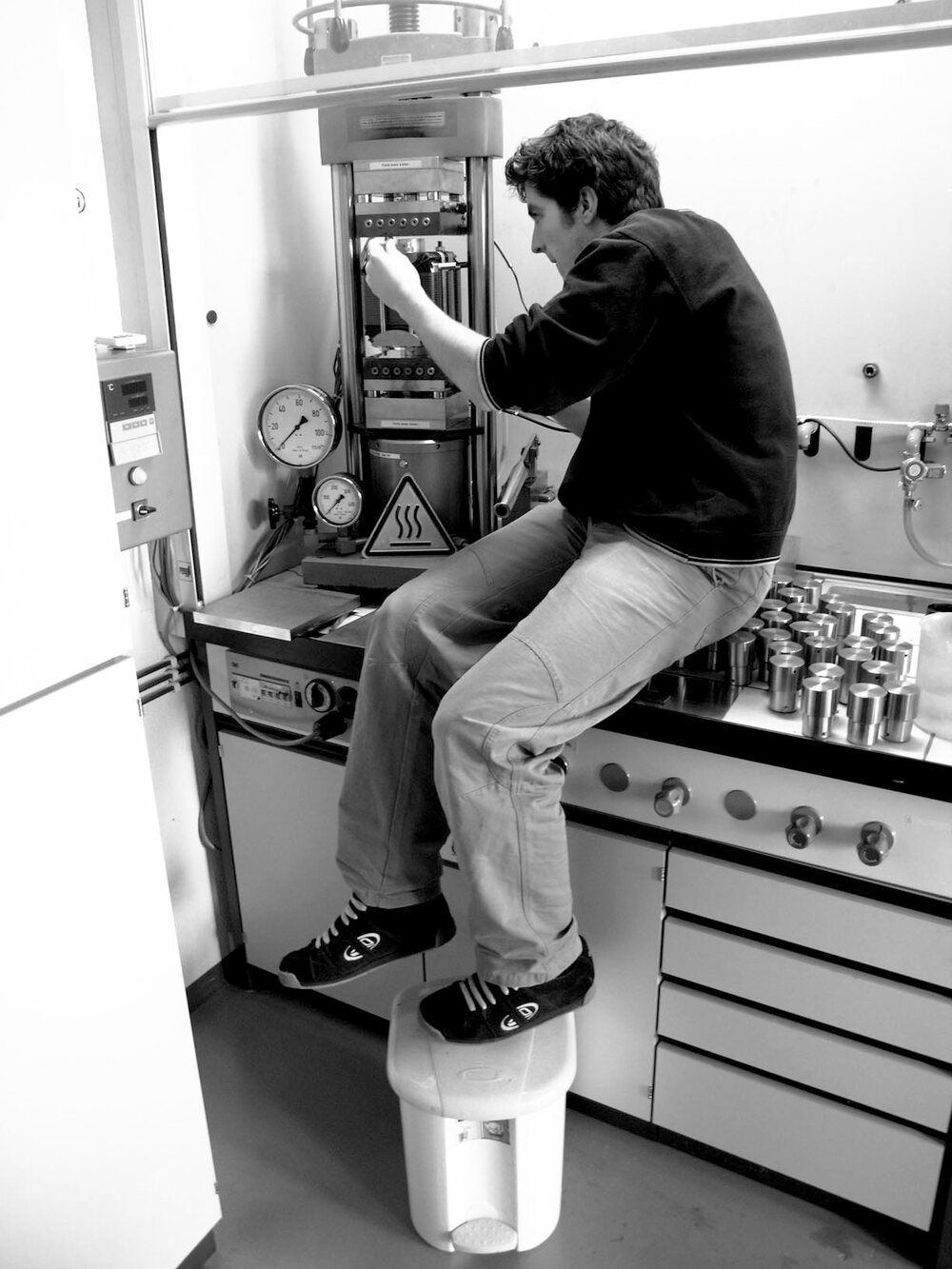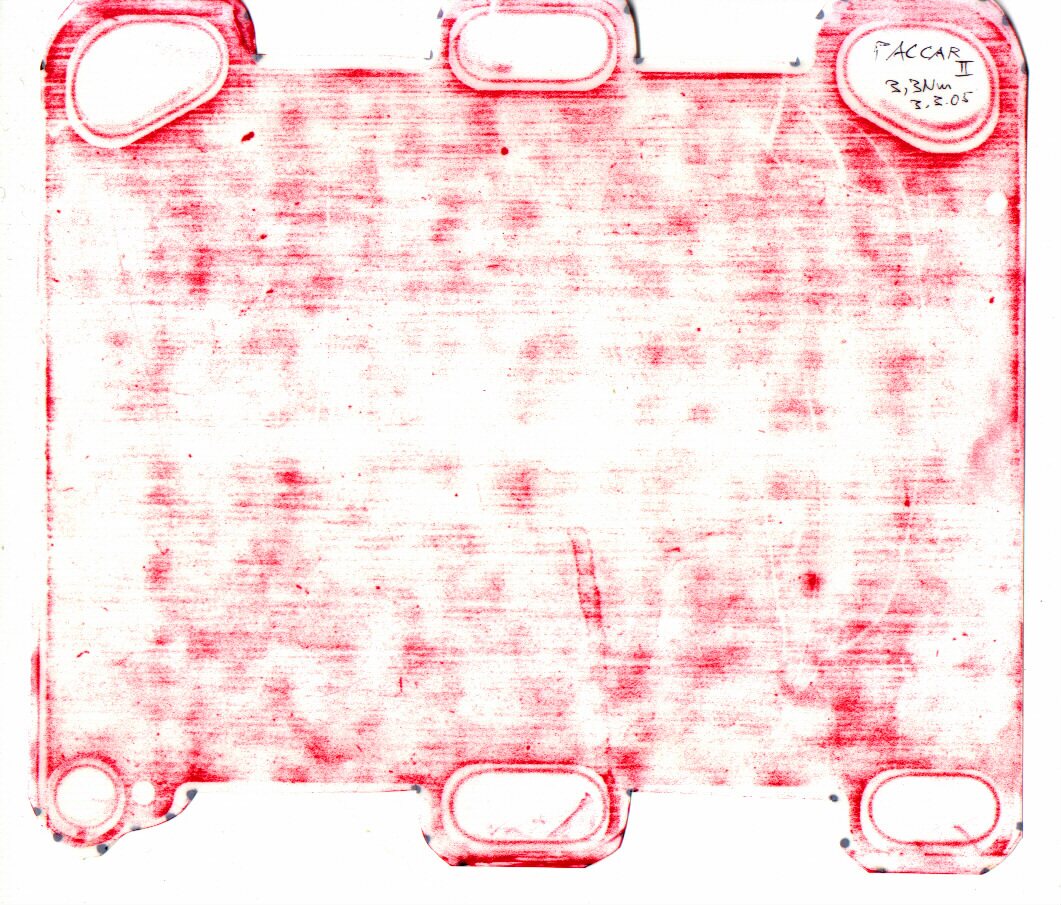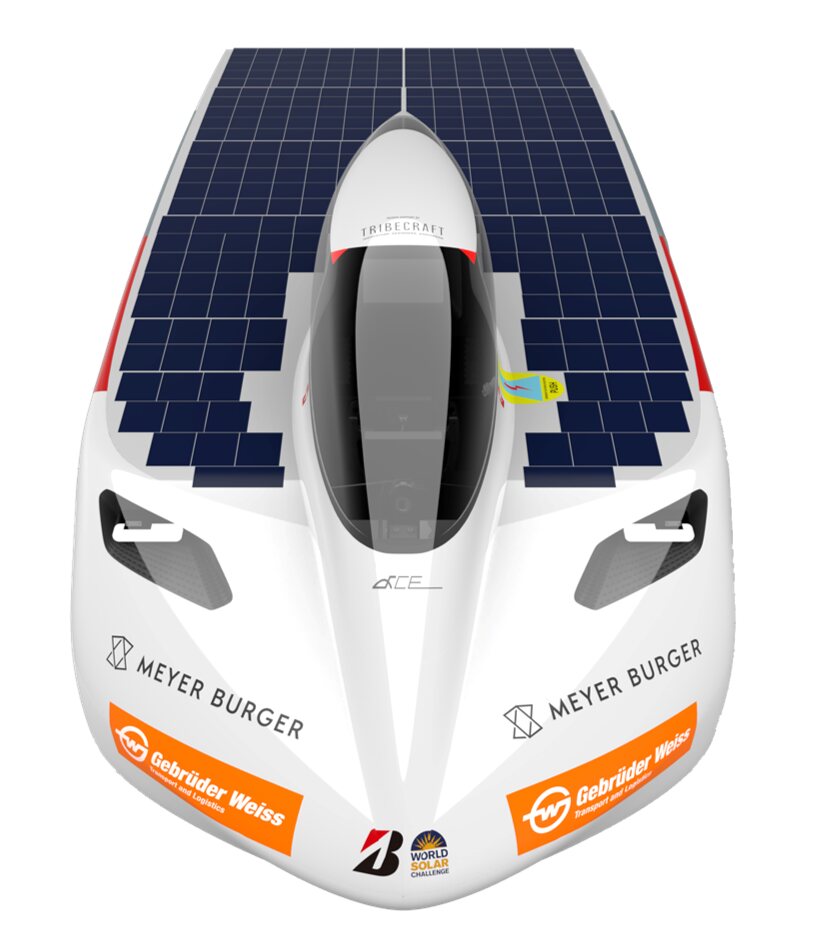PAC-car II
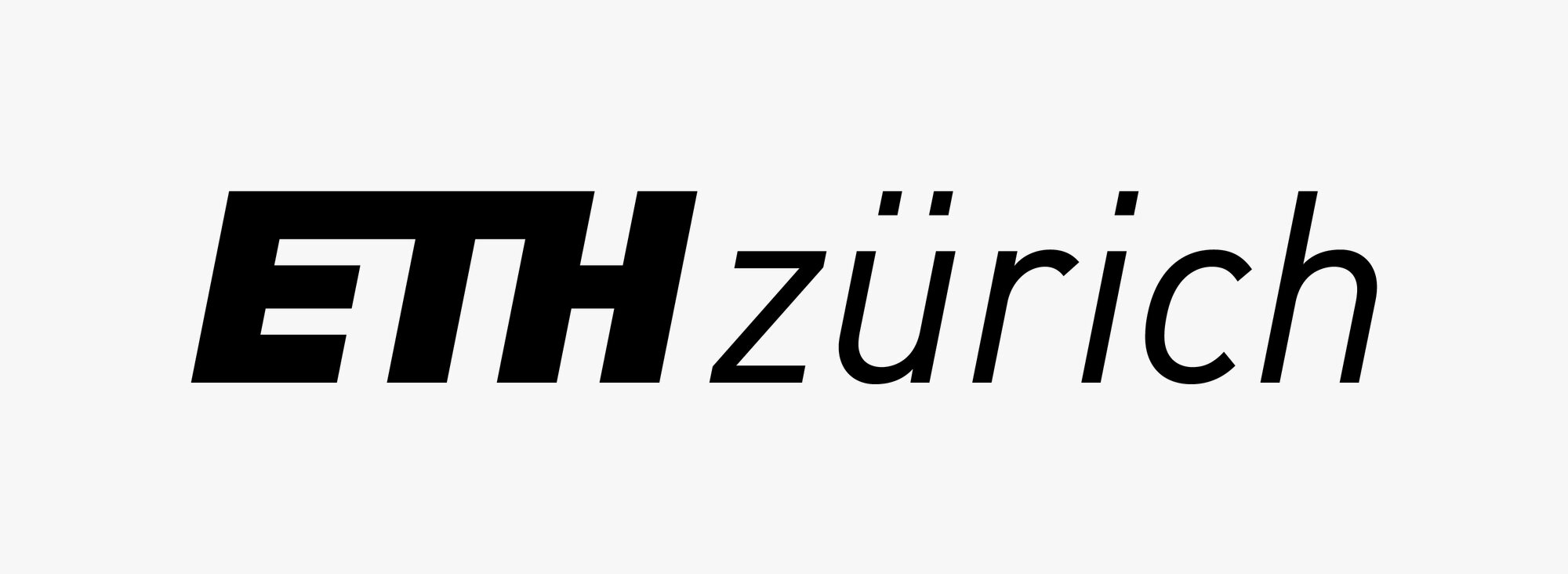
The PAC-car II, developed at ETH Zurich, drives with fuel cell technology (Pile A Combustible=PAC). With a 1000 km lead over more than 200 competitors, the PAC-car II set a new world record in Ladoux (F) in 2005. As an industrial partner, we contributed our experience to the concept, design and engineering of the PAC-car II from the start.
“Drag coefficient cw:
Drop (optimum): 0.02
Airplane wing: 0.05
PAC-car II: 0.075
Ferrari 488 GTB: 0.32”
Launch:
2005
Our contribution:
transportation design concept
graphic & corporate design
high end free-form modeling
D.bow end-plate technology
student support
Partners:
ETH Zürich ( Originator, Lead)
Esoro AG
HTA Luzern
PSI
RUAG
UVHC


D.bow Endplattentechnologie
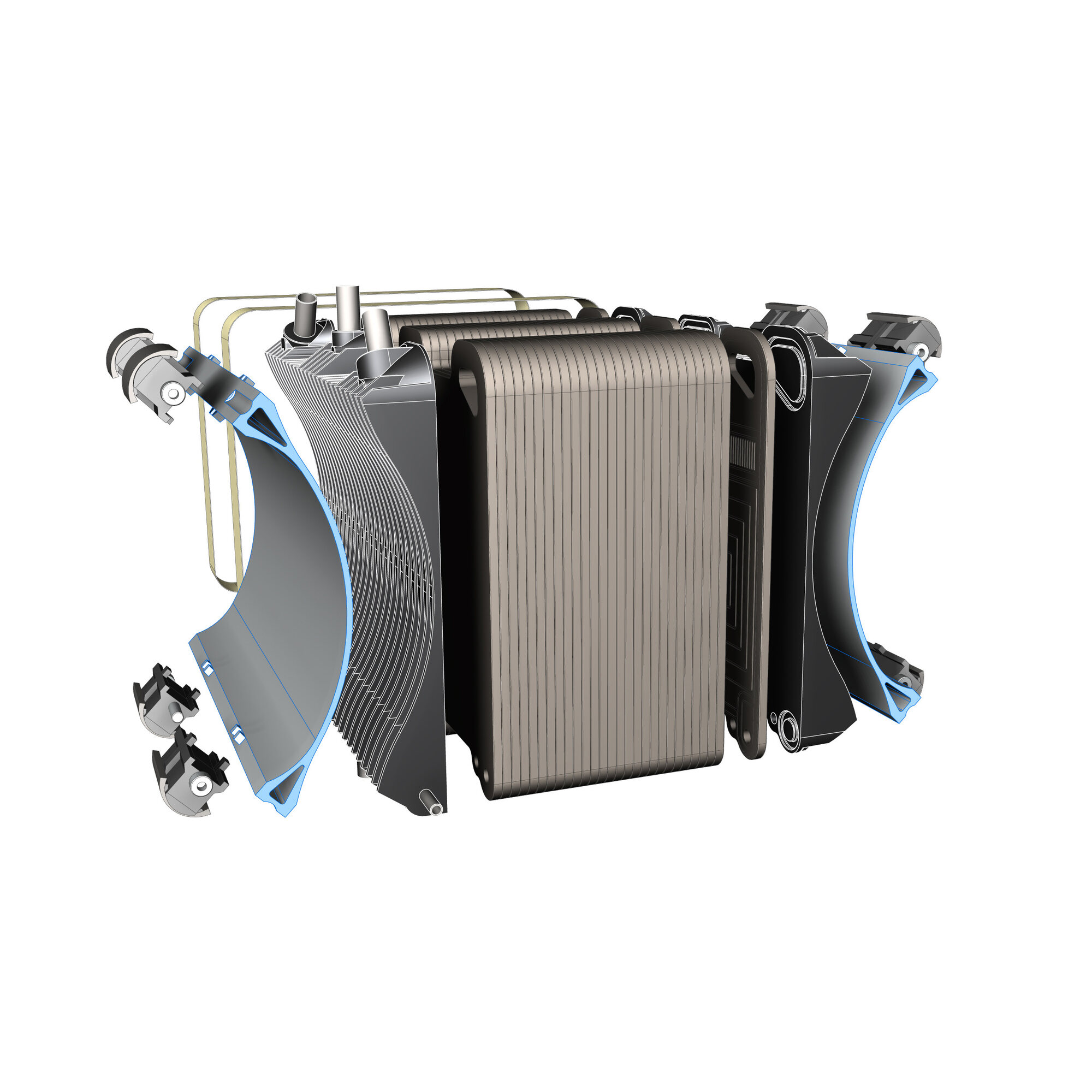
The D.bow Endplate Technology clamps the bipolar plates evenly to form a stack. With the patented technology
the stack's weight could be reduced from 9kg to 4 kg. Read more...
